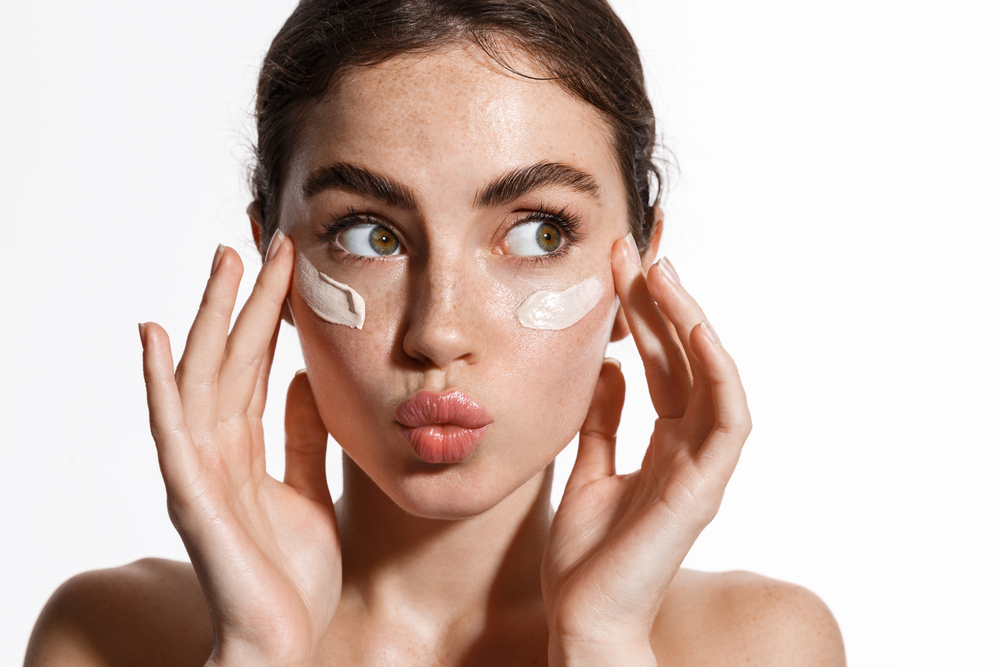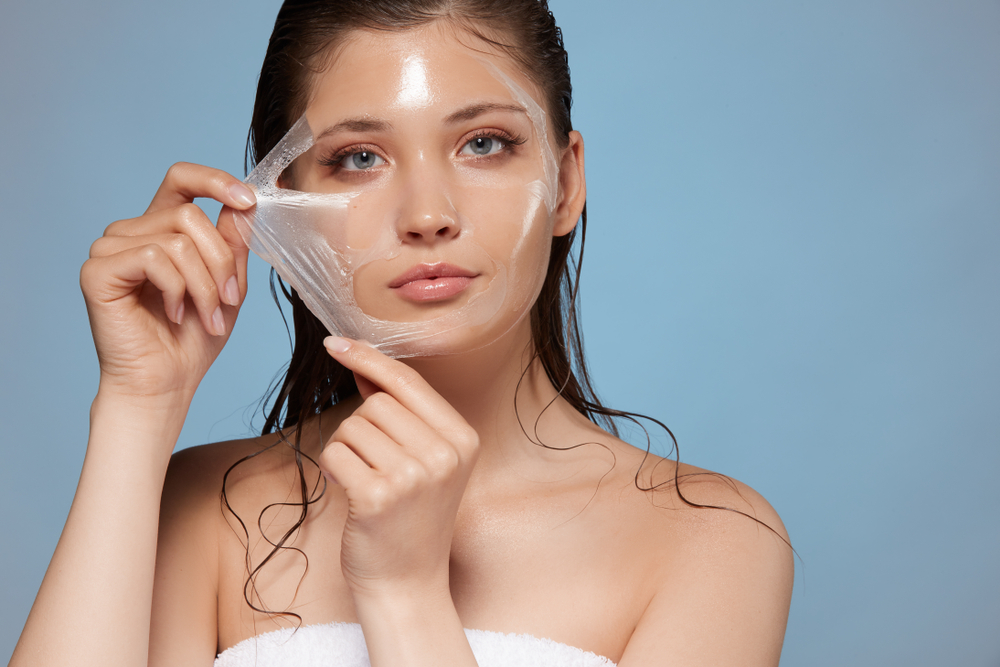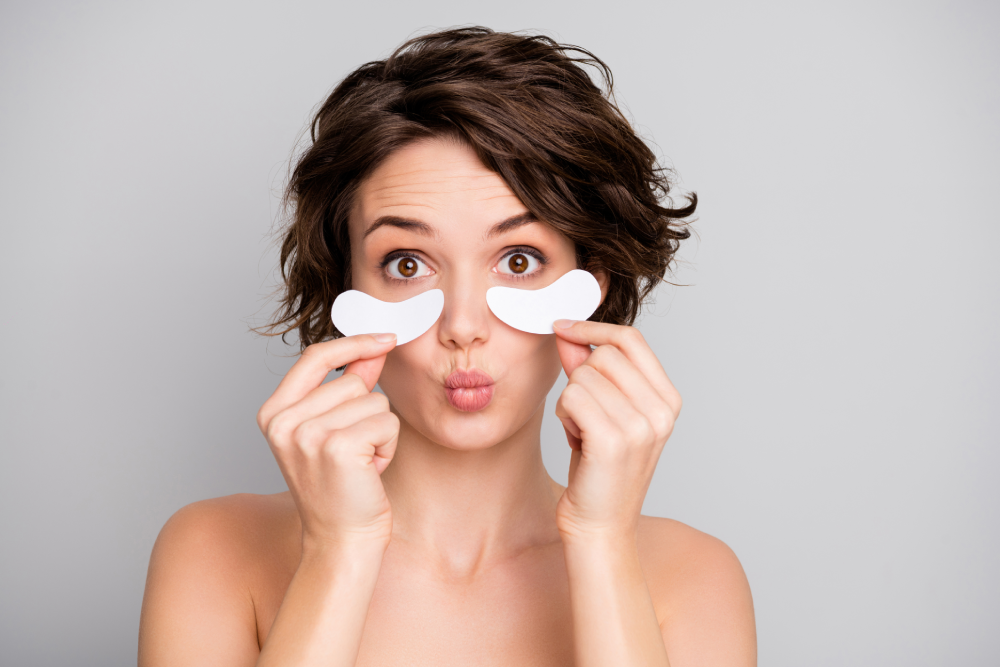Welcome to the ultimate guide to chemical peels! If you’re seeking an effective solution for improving your skin’s texture and appearance, you’ve come to the right place. Chemical peels have become increasingly popular in recent years, and for a good reason.
However, with different types of chemical peels available and factors like recovery time and sun exposure to consider, it can be challenging to navigate this complex skincare treatment.
In this comprehensive guide, we’ll take a closer look at chemical peels, including what they are, who is a good candidate for them, and how to take care of your skin after the procedure.
Let’s get into it!
What Are Chemical Peels?
A chemical peel is a kind of aesthetic treatment that uses chemical solutions to exfoliate the skin, particularly dry and/or damaged outer layers. They can help to improve skin texture, reduce acne, and minimize the signs of aging.
Chemical peels come in different types and strengths, from superficial to deep, and each type has its own unique benefits.
During a chemical peel, the skin may become temporarily more sensitive to the sun, so it’s important to avoid sun exposure and use sunscreen to protect the skin.
Exploring the Different Types of Chemical Peels
Chemical peels come in various types and strengths, each with its own unique benefits and recovery time. Some of the most popular chemical peels include:
VI Peel
This peel is designed to improve the appearance of fine lines, wrinkles, and sun damage. It contains a blend of acids and vitamins that can help to rejuvenate the skin.
VI Peel Precision Plus
This peel is specifically formulated to target dark spots and hyperpigmentation. It can also help to boost the overall tone and texture of the skin.
VI Purify
This peel is ideal for individuals with acne-prone skin. It contains a powerful blend of ingredients that can help to clear up acne and reduce the appearance of acne scars.
Cosmelan
This peel is a depigmenting treatment that can help to improve the appearance of melasma and other types of hyperpigmentation. It works by slowing down the production of melanin in the skin.
Who is a Good Candidate for Chemical Peels?
Chemical peels are generally safe for most individuals with healthy skin. However, those with certain skin conditions, such as eczema or rosacea, may not be suitable candidates. It’s also essential to have realistic expectations and be willing to follow post-treatment instructions, such as avoiding sun exposure and using sunscreen.
Your dermatologist or skincare professional can help you determine which chemical peel is right for you.
How Often Should You Get Chemical Peels?
The frequency of chemical peels depends on the type of peel involved and the individual’s skin type and concerns. Superficial peels can be carried out more frequently, while deep peels require extended recovery time and are typically done less often.
Your skincare professional can help you determine how often you should get chemical peels based on your skin type and concerns.
Aftercare for Chemical Peels

Proper aftercare is crucial for achieving the best results and minimizing the risk of complications. Here are some tips to follow after a chemical peel:
- Avoid sun exposure for at least a week after the treatment.
- Use a broad-spectrum sunscreen with an SPF of 30 or higher.
- Don’t pick or peel the treated area.
- Avoid prolonged exposure to direct heat, such as saunas or hot showers.
- Moisturize the skin regularly to prevent dryness and flaking.
Following these aftercare instructions will help the skin heal properly and minimize the risk of complications.
Conclusion
Chemical peels can be a great solution for those looking to improve the appearance and texture of their skin. With various types of peels available, it is important to consult a professional to determine which suits your skin type and concerns best.
Contact Applied Aesthetic at (516) 243-9907 for a consultation and to learn more about our chemical peel services in Garden City, NY.





